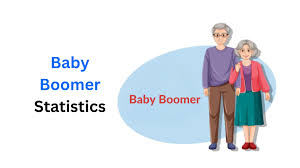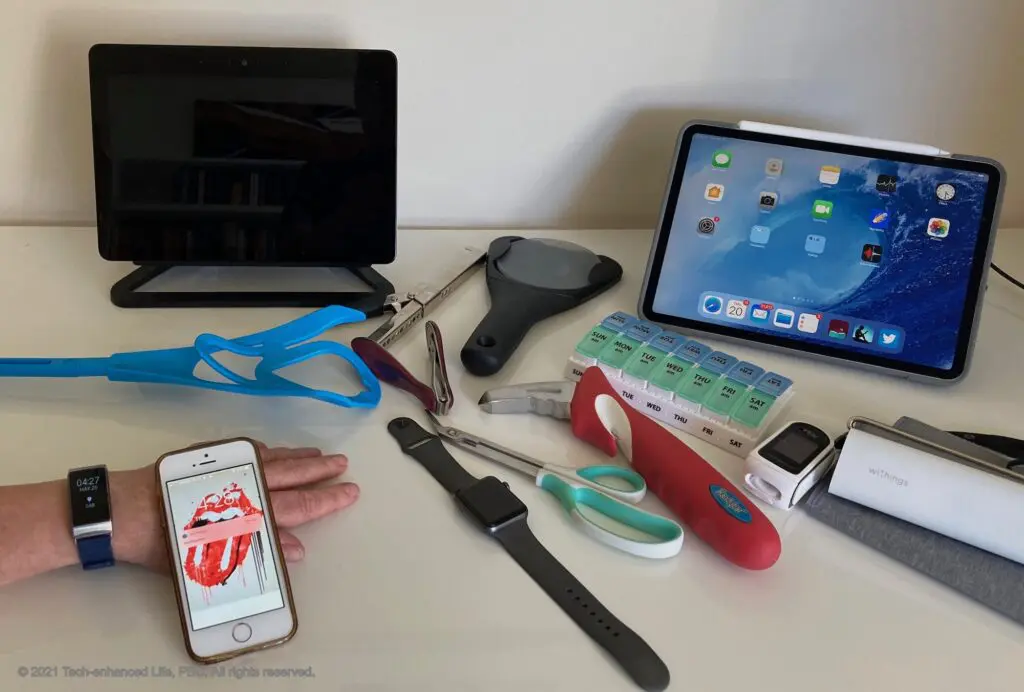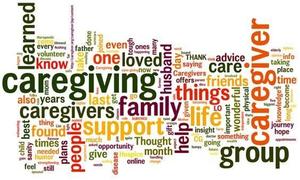The growing ecosystem of devices and products serving peoples’ health and well-being shows us that innovators already see the opportunity to serve the fast-growing market for self-care among people 50 years of age and up.
For nearly twenty years, one thing has felt inevitable: when boomers reach “old age,” senior living demand will surge. And yet ..
ChatGPT Health builds on consumer use of today's ChatGPT so responses are informed by your health information and context.
The prize honors .lumen’s Glasses for the Blind, an AI-based device that applies autonomous driving technology adapted for pedestrians. Using computer vision and local processing, the headset understands the three-dimensional environment in real time without relying on the internet or pre-defined maps and guides the user through subtle vibrations indicating a safe direction to follow.
The United States faces a fundamental mismatch between surging demand and insufficient capacity.

 Is everything now voice-enabled -- so that transition is done? Whine On. Is the response smart or, uh, just a response? Just tried an experiment, asking via Hey Siri for the best technologies to use for people with dementia. Got a nice and brief summary. Next pass, skipped the ‘Hey Siri’ part, asked the same question. This time it offered up the possibility of using ChatGPT which produced a long and useful list. So it appears
Is everything now voice-enabled -- so that transition is done? Whine On. Is the response smart or, uh, just a response? Just tried an experiment, asking via Hey Siri for the best technologies to use for people with dementia. Got a nice and brief summary. Next pass, skipped the ‘Hey Siri’ part, asked the same question. This time it offered up the possibility of using ChatGPT which produced a long and useful list. So it appears  The aging population has significant implications. Consider a few assumptions:
The aging population has significant implications. Consider a few assumptions:  You know the experience. You walk into the lobby of a medical practice, and the sign tells you to sign in at the kiosk. You drop your license in the slot – but the software is having a down day, and so a person emerges from behind the glass to debug it. Meanwhile another person checks you in. So their time savings from the device evaporate. The irritation of the patients trying to sign in grows – one announces how much he hates technology.
You know the experience. You walk into the lobby of a medical practice, and the sign tells you to sign in at the kiosk. You drop your license in the slot – but the software is having a down day, and so a person emerges from behind the glass to debug it. Meanwhile another person checks you in. So their time savings from the device evaporate. The irritation of the patients trying to sign in grows – one announces how much he hates technology. The AI infrastructure juggernaut is on – consumers hesitate and deployment is cautious. Parallel tracks are emerging. Investment by the
The AI infrastructure juggernaut is on – consumers hesitate and deployment is cautious. Parallel tracks are emerging. Investment by the  Baby boomer aging – it’s a big tech opportunity. Today there are
Baby boomer aging – it’s a big tech opportunity. Today there are  It’s a pretty good tech universe if you know what you’re doing... Maybe you’re someone who reads all the
It’s a pretty good tech universe if you know what you’re doing... Maybe you’re someone who reads all the  We are selling a product that people don’t want to buy. This Senior Housing News article,
We are selling a product that people don’t want to buy. This Senior Housing News article,  Clearly many caregivers are missing out on useful technology. According to the new
Clearly many caregivers are missing out on useful technology. According to the new  The University of Michigan polled older adult responders – and the results are in. In a recent survey of more than 1000 adults aged 50+, the University of Michigan poll, fielded inside Michigan and nationwide, demonstrates that Artificial Intelligence technology is useful to older adults – and that they are not intimidated by it. As with other studies, those with less education had somewhat less trust in AI-enabled information, and those with health disabilities also were somewhat less trusting of the information they found. (Source: July, 2025
The University of Michigan polled older adult responders – and the results are in. In a recent survey of more than 1000 adults aged 50+, the University of Michigan poll, fielded inside Michigan and nationwide, demonstrates that Artificial Intelligence technology is useful to older adults – and that they are not intimidated by it. As with other studies, those with less education had somewhat less trust in AI-enabled information, and those with health disabilities also were somewhat less trusting of the information they found. (Source: July, 2025